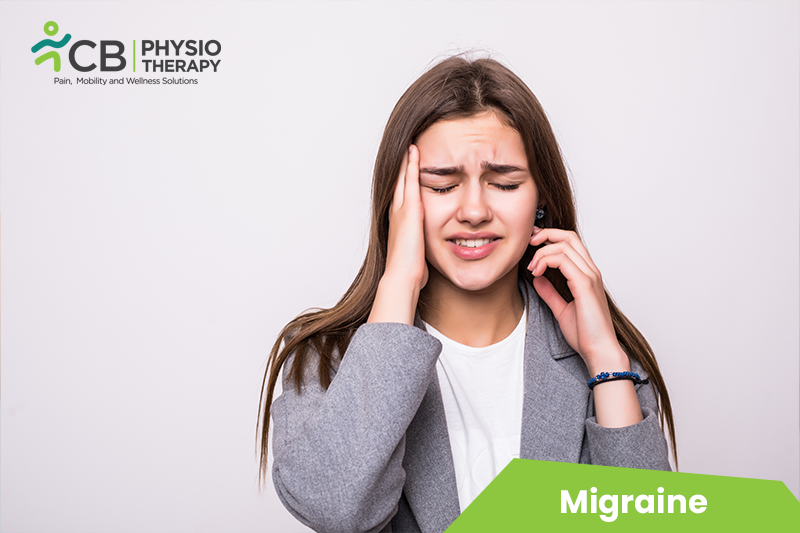A migraine is characterized by throbbing pain on one side of the head, it is a moderate to severe headache. The attacks frequently last from several hours to several days. Without an aura, migraines are encountered, which is a pain disorder. This means that there is a disorder in the brain and spinal cord, involving the nerves and blood vessels, which results in the pain and the neurologic symptoms associated with a migraine headache.
Migraines without aura:
Migraine without aura is the commonest type of migraine, also it has a higher attack frequency and is more disabling than migraine with aura.
Migraine Recurrent disorders are characterized by attacks of reversible focal neurological symptoms that usually develop gradually over 5-20 minutes and last for less than 60 minutes. Headaches with the features of a migraine without aura usually follow the aura symptoms, less commonly, a headache is completely absent or lacks migrainous features.
Migraine with aura:
Migraine with headaches is characterized by depression, irritability, loss of appetite, paraesthesia, and visual symptoms. Paraesthesia of the hand and face are the most common, specifically the tongue, which can help differentiate from a TIA. Speech difficulty during an aura shows the involvement of the dominant hemisphere. Dizziness and vertigo may be related to the changes in the blood flow around the vestibular mechanism or the brainstem activity.
Aura without Headache
Sometimes aura symptoms are not followed by headache.
Sporadic and familial hemiplegic Migraine
This type of migraine with aura includes motor weakness and impaired coordination. Prodromal symptoms include numbness of the face and arm that may spread to one side of the body. Basilar symptoms may be present with dysphasia or aphasia causing difficulty in speech. Pain may be present rarely on the ipsilateral or contralateral sides of the symptoms, there may also be loss of consciousness.
Basilar type of Migraine
Basilar migraine symptoms suggest posterior fossa involvement localizing to the vascular territory of the basilar artery- the brainstem, cerebellum, and occipital lobes. The prodromal symptoms indicate brainstem dysfunction i.e dysarthria, ataxia, tinnitus, diplopia, altered level of consciousness, symptoms in both the temporal and nasal fields of both the eyes, and peripheral dysesthesias, followed by occipital headache
Vestibular Migraine
When dizziness is the primary complaint of the patient then it may be considered a vestibular migraine. Vertigo occurring as an aura may arise from the same transient inhibition of neuronal function that is responsible for the visual aura. Episodic vertigo from vestibular migraine can be a subset of basilar migraine. Vomiting, nausea, hypersensitivity to motion, and postural instability are cardinal signs. Dizziness can also be associated with (BPPV) benign paroxysmal positional vertigo.
Retinal Migraine
Retinal migraine is repeated attacks of monocular visual disturbance, like scotoma, scintillations, or blindness, associated with migraine headaches. Visual changes are unilateral, result in pain around the eye and paralysis of the third, fourth, and sixth cranial nerves, and can produce double vision. The headache always precedes the oculomotor deficit for several days, paralysis can progress from being transient to last several days, and in some cases it becomes permanent.
